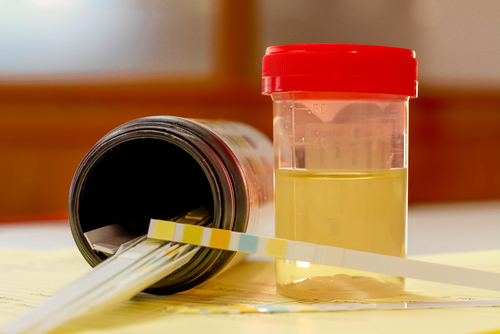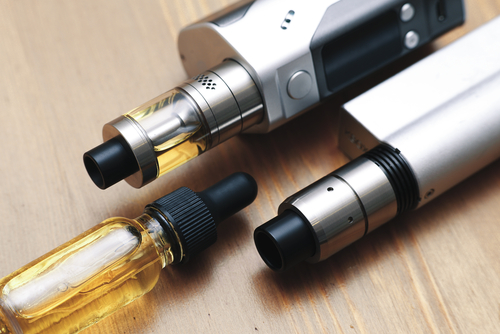Drugs and other substances may be detected through screening tests, like urine drug tests. This is a tool that has been used to evaluate the use of drugs in the workplace, amongst other things. The results of urine drug tests are forwarded to employers who request for it and some physicians who assess their patients. To know more about testing drugs in urine, read on.
What drugs are tested in urine?
The urine drug test screens for opioids, cocaine, cannabis, amphetamines, benzodiazepines, anabolic steroids like clenbuterol, methamphetamines, barbiturates, PCP, and methadone. Also, alcohol metabolites like ethyl glucuronide can be screened for in urine and used as proof of abstinence — or not — from alcohol for patients that will undergo a liver transplant.
How does a urine drug test work?
Urine drug screening consists of two tests, namely the screening test and confirmation test. The screening test is called the immunoassay, which can give positive or negative results quickly and inexpensively. This test may also give false positives, which means the effect is positive for drugs, yet there is no drug use. The screening test is followed by a confirmatory test known as gas chromatography/mass spectrometry (GC/MS). It is costlier than the immunoassay, and the results may take a period of time. However, they hardly come up with false positives.
How will you take the test?
The patient may take the test by following these steps:
- The patient is requested to stay in a room or a bathroom and wear a hospital gown. Then, he or she is told to collect a midstream urine sample by using a specimen cup that will be given by the one who administers the test.
- Before obtaining the urine, the patient must first clean his or her genital area with soapy water, then rinse it and pat it dry with a moist cloth.
- He or she may urinate a small amount in the toilet bowl then collect a sample in the specimen cup. The sample must be at least 30 to 60 millimeters.
- The specimen cup can then be covered and given back to the technician. The container will be sealed and forwarded to the lab for evaluation. Also, the temperature of the sample is gauged, and it must be in the expected range.
How is the evaluation of urine samples done?
The technician will first evaluate the urine samples by documenting the appearance and color of the urine. They will shake the urine specimens to know if there are other substances present, such as soap added to the urine. If there is a presence of many bubbles, this is an indication that someone is trying to adulterate the specimen using ammonia, hydrogen peroxide, liquid soap, eyedrops, lemon juice, chlorine bleach, liquid drain cleaner, or other commercial products.
If the technician suspects adulteration, another sample will be collected from the patient who will be under direct supervision. If there are unusual colors found in the sample, this may be due to foods, medications, or diseases, which the technician will notify in the documentation.
Then, the technician soaks the test strip into the urine sample and lets it rest for a few minutes. If the urine sample does not have the particular drug metabolites that are tested for, the special molecules that interact with the antibodies will reciprocate and turn into color, which means that the test is negative. On the other hand, if the specimen has a specific drug metabolite, the molecules will not turn into color, and the test is confirmed positive. The sample will then be forwarded to the lab to undergo a confirmatory test. Due to a variety of reasons, you may one day find yourself drug testing your urine. A new job, a legal matter, or simply a medical precaution could necessitate you needing to have your urine tested for drugs. Hopefully this article gives you a little bit of insight into exactly how the process works.



